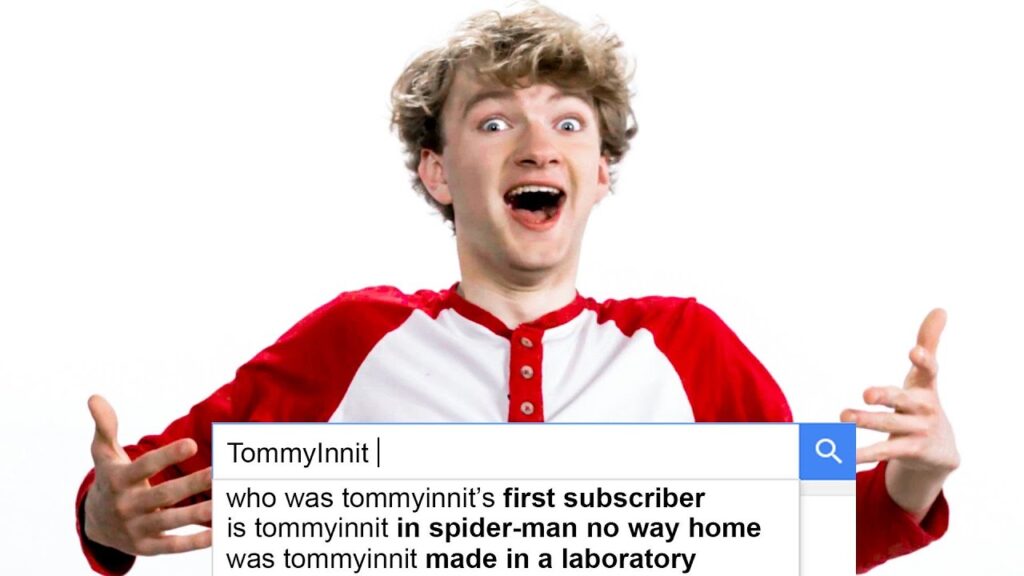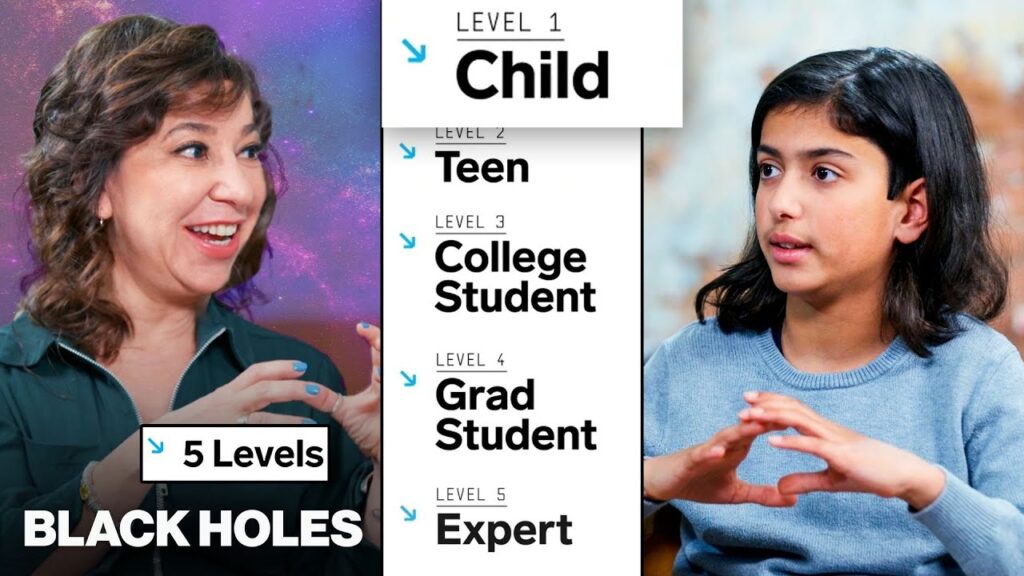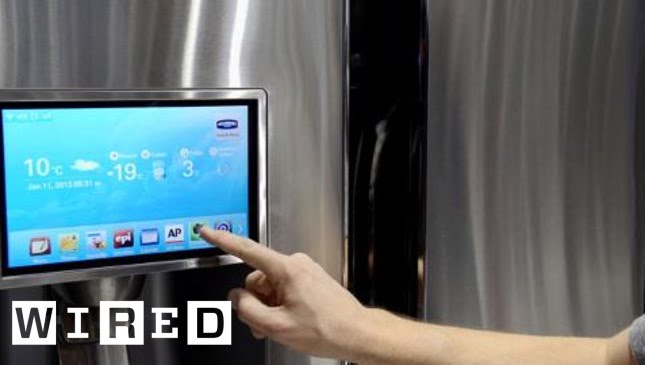Ice Sculpting – From Hand Tools to Computers: Interview with Shintaro Okamoto
Summary
Shintaro Okamoto, an ice sculptor, explores the intricacies of ice sculpting through three different approaches ranging from hand tools to power tools to the use of computers and CNC. In this interview, Okamoto shares his process, tools and techniques that he uses to create an ice sculpture of an angelfish. The interview also delves into the art of ice sculpting and the freedom that it provides to artists.
Table of Contents
- The Process of Creating an Ice Sculpture with Hand Tools
- Using Power Tools to Create an Ice Sculpture
- Leveraging Technology in the Art of Ice Sculpting
- Ice Sculpting as a Performative Art
- Conclusion
The Process of Creating an Ice Sculpture with Hand Tools
Q: How do you start creating an ice sculpture using only hand tools?
A: The first step is to create crystal clear blocks of ice using one-direction freezing and agitation. Then, the design is drawn onto the surface of the ice using an ice pick or a little hand saw. Next, a big hand saw is used to remove any excess ice, followed by big flat chisels to take out more ice. Smaller tools like small pistol saws, hand saws, and smaller chisels are used to refine the overall shape and then to go into detailing. Finally, the V-chisel is used to finish the detailing.
Q: How do you create different textures on the ice sculpture using hand tools?
A: A variety of chisels can be used to create various textures on the ice surface. For instance, the V-chisel is used to create hair, fins, scales or feathers on the surface of the ice sculpture.
Using Power Tools to Create an Ice Sculpture
Q: How does using power tools differ from using hand tools?
A: Using power tools requires the fusing of blocks of ice using an aluminum plate and a heating plate. The electric chainsaw is used to cut the overall shape, and then die grinders and specialized bits are used for detailed shaping. Needle bits are used to create scales and bubble bits for the finishing touches of the sculpture.
Q: How do you create precision in your sculpture when using power tools?
A: With power tools, you have more precision and control. The die grinder is used for carving shapes in the ice, and since it’s a relatively small tool, you are able to work with a lot of control to achieve greater precision.
Leveraging Technology in the Art of Ice Sculpting
Q: Have you ever used CNC or 3D carving machines for creating ice sculptures?
A: Yes, I have! The use of computers and CNC allows for precision and creation of intricate and detailed designs that are not possible by hand. However, the use of ice as a medium is liberating to me and allows me to focus on the artistic process.
Q: Could you explain the process of using a CNC machine for creating an ice sculpture?
A: Well, the first step is to create a 3D model of the design that you want to achieve using a digital software. The model is then transferred to the CNC machine, which carves out a block of ice or a stack of blocks into the desired shape, effectively creating an ice sculpture.
Ice Sculpting as a Performative Art
Q: Could you tell us a little bit about ice sculpting as a performative art?
A: Of course! As an ice sculptor, my goal is to create a piece of art that is breathtaking, engaging and memorable. Ice sculpting is a laborious process, and the sense of excitement, anticipation and drama that emerges as the sculpture takes shape is akin to theatre performances. The ultimate peak is when the sculpture leaves the studio and melts away, marking the end of the performance.
Conclusion
In conclusion, ice sculpting is a unique and fascinating art form that demands a lot of patience and skill. Shintaro Okamoto’s journey through hand tools, power tools and technology is a testament to the versatility and expanding horizons of ice sculpting. The final element of a sculpture’s performative aspect, the temporality of the art, adds an extra layer of richness to this unusual and beautiful art form.







